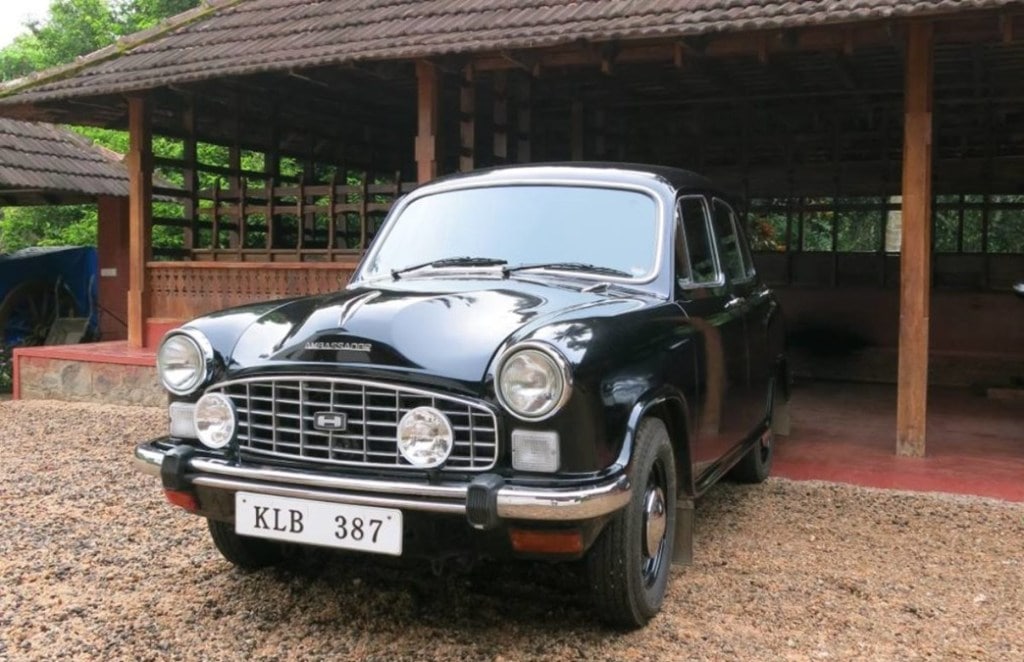Hind Motor Financial Corporation of India (HMFCI) and French car manufacturer Peugeot are, through a joint venture, reportedly working on relaunching the Ambassador in a new avatar. Some say the humble Amby, as it was lovingly referred to, could even be brought back as an electric vehicle (EV).
“As an EV, it will do better than as a non-EV. The brand name is a help. It still resonates with at least two generations of folk in India,” says brand and business strategy expert Harish Bijoor.
However, India has changed, and so has its wheels. Historically, the Ambassador was in vogue between the early 1960s till the late 1980s, when it was considered a sturdy car, as opposed to the Impalas and Chevrolets of the day.
At the peak of its reign, the Ambassador had a B2C (business-to-consumer) appeal, which died soon enough, thanks to the Maruti revolution (800 and Zen) ,followed by the Contessa, Daewoo Cielo and the Premier 118 NE.
Despite some engine overhauls and cosmetic changes here and there, Ambassador was relegated to being a B2B (business-to-business) car eventually — either one that government officers chose to use, or later, a taxi brand — something that always accelerates the erosion of brand value in consumer minds.
“With more choice, consumers saw the Ambassador as regressively old-tech, unstylish and rather unreliable,” says Shivaji Dasgupta, MD, Inexgro Brand Advisory.
Then came the final downfall, when the B2B business started falling as well, at the altar of cars that looked more beautiful, sturdier and proved their worth on Indian roads.
“The analogy is that of the Volkswagen Beetle. It is the same story now. The Beetle is a romance, and not a car. So is the Ambassador,” Bijoor says. “The upcoming Ambassador, armed with a standard marketing plan, could fail.”
So it looks like nostalgia by itself may not be a big enough ‘pull’ factor. “There was a time in India when you could buy any car of any colour, provided it was an Ambassador. But for the last 30 years, no one has missed the Amby,” says Naresh Gupta, co-founder and chief strategy officer, Bang in the Middle.
“It was a tough vehicle to drive, difficult to maintain and technologically, 30 years older than the Maruti 800. The car just ceased to have any demand.” Sure, it may possess a shape that is easily recognised, but that “means nothing, when it comes to consumer desire,” Gupta adds.
The new Amby, if sporting the same shape, could become a subject of memes, according to brand analysts. It is no secret that with increased competition and more sophisticated consumer aspirations, today’s car buyer is very different from the times when cars had white cotton fabric seat covers, Gupta notes.
“Frankly, there is no space today for a retro-looking, nostalgia-driven car. Today’s audience changes cars often, looks at newer body styles, and needs social acceptance. Even Mahindra struggled with the original retro-looking Thar, till it was modernised and made to appeal to singles wanting a statement car,” he says.
For a successful relaunch, the value proposition must be exciting for the retail customer. “Only when the product in its basic format is appealing, can the residual equity be brought to the party.
Unknown entities like MG and Kia have been reasonably successful, in spite of negligible past associations, purely on the strength of the intrinsic customer value,” notes Dasgupta.Iconic brands from the ’70s and ’80s have, when relaunched, struggled to evolve with the times.
Onida, Kelvinator, Nokia, Motorola, Blackberry, or even Bajaj Chetak are not what they used to be. “Nostalgia makes for a good social media post, but a tough proposition to sell,” says Gupta. There are some brands, though, that have aced the relaunch game by basing their comeback on customer centricity.
“A very interesting case is the Baleno from Maruti, which became successful when relaunched as a premium hatchback from a premium sedan, quite unusual in this category,” says Dasgupta.
When one looks at music label HMV, he says, it was relaunched unsuccessfully as digital music and film production label Saregama by the RPSG Group.
But its Carvaan device succeeded, possibly because the format was customer-centric — a fine application of positive nostalgia in design, and contemporary insights in presentation.
Given the challenges in the car market currently, the Ambassador has a lot of ground to cover.”Notably, millennials do not subscribe to the brands of the ‘Nehruvian Socialism’ era. Considering their prolificity in the auto market — EVs included — the Ambassador has a tall task ahead,” says Dasgupta.


















